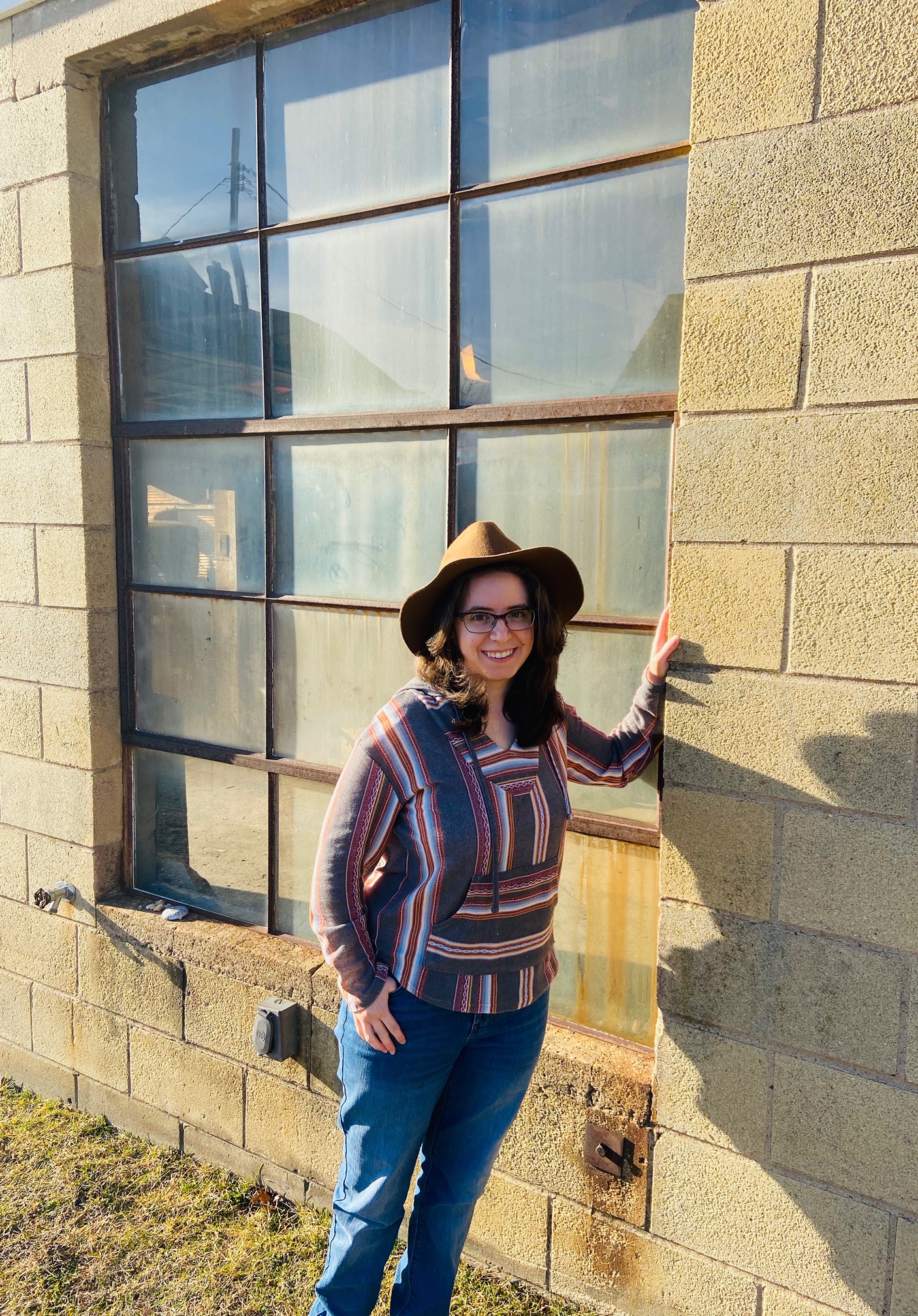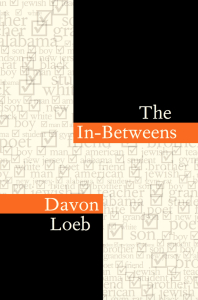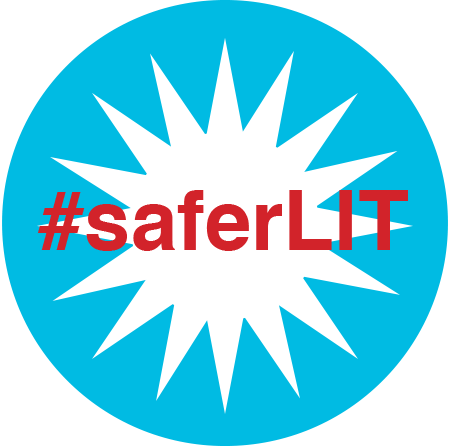ISSN: 1941-4137
POETRY THAT ENACTS THE ARTISTIC AND CREATIVE PURITY OF GLASS
POETRY THAT ENACTS THE ARTISTIC AND CREATIVE PURITY OF GLASS

Sara Pisak is a Contributing Editor at Helen: A Literary Magazine and a Staff Reviewer at Glass Poetry Press. Sara participates in the Poetry in Transit Program and has recently published work in the Deaf Poets Society, Five:2:One Magazine, Glass Poetry, Moonchild Magazine, Yes Poetry, PA Bards, Mookychick, and Boston Accent. When not writing, Sara can be found spending time with her family and friends. You can follow her writing adventures on Twitter: @SaraPisak10.
June 30, 2020
Edited by Stephanie Kaylor
Edited by Stephanie Kaylor
Review of The In-Betweens by Davon Loeb

The In-Betweens
Davon Loeb
Everytime Press, 2018
The In-Betweens (Everytime Press, 2018) is not simply the title of Davon Loeb’s memoir but being “in between” comes to represents his style of writing and the seemingly inconsequential moments in his life that lead to larger understanding. Being “in between” is about breaking down the barriers that divide us both internally and within society.
Loeb’s narrative begins with the challenging circumstances surrounding his parents (his Black mother and White father) meeting, the catalyst for Loeb seeing himself as existing between two worlds. Describing his situation as, “But we lived in a town with zero-point-nine percent Black population and ninety-six percent White population, and I felt like the accidental ink blot.” Loeb feels his family unit is “pretend” and that he doesn’t quite fit in with either side of his family. From this viewpoint, he presents a rich portrait of growing up bi-racial which includes poignant discussions on his family’s enslavement, his hair, and watching Roots in school for Black History Month, among various other topics.
From his parents’ first meeting, Loeb’s narrative branches out to include not only the story of his life but the stories of those closest to him; he explores the everyday moments with his grandfather and playing in the yard on hot summer days with the other children in his family. Elevating these everyday moments to places of importance and using these commonplace moments to illuminate themes, is just one place where Loeb’s writing shines.
Stylistically speaking, Loeb’s memoir also lies between two distinct mediums: poetry and memoir. Its poetic elements and segmented style, which showcases Loeb’s bildungsroman and his complicated relationship with his family, is reminiscent of Langston Hughes’ The Big Sea. His writing richly includes metaphors, alliteration, symbols, and various other poetic craft elements. These hallmarks of poetry spill from the page and allow the work to exist as both a memoir and a series of prose poems.
One such poetic highlight is Loeb’s use of trees as an extended metaphor. He writes:
Our bodies might have twined and rooted and became part of the earth, and under our arms and between our legs — moss might have formed, and our eyes could have been green and leafy and even stemmed out the brush of our faces, and while our bones grew rings and our skin became bark — the fear in our bellies felt magnificent.
Loeb personification of his stillness and fear in this moment breaks down barriers as he becomes one with the earth. This passage produces lasting imagery which engages the reader’s sense. Loeb extends the metaphor a few sections later to encompass his family’s history with slavery and racial discrimination. He reflects on bodies, “beaten and broken like branches on the old trees that hanged more bodies than it had in rings of bark…”
These interlinking short segments paired with poetic elements, draw deep and intimate connections that allow Loeb’s memoir to transcend standard memoirs and become a barrier breaking work. To quote Persian poet Rumi, “The wound is the place where the light enters you.” Loeb proves, the “in between places” that we often believe make us different, broken, or outsiders are often the places where the light comes in. The In-Betweens is full of light.
Visit Davon Loeb's Website
Visit Everytime Press' Website
Glass: A Journal of Poetry is published monthly by Glass Poetry Press.
All contents © the author.
All contents © the author.





